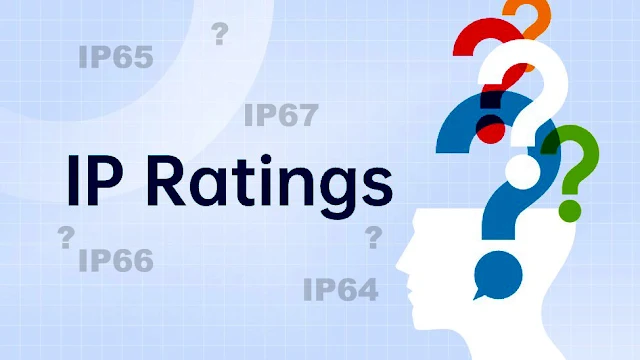In the realm of modern technology, the durability and flexibility of electronic devices, particularly gadgets, have become dominant considerations for consumers. Whether it's smartphones, smart watches, or outdoor speakers, users want assurance that their devices can survive various environmental conditions without compromising functionality. This is where IP grading, or Ingress Protection rating, comes into play as a crucial aspect of gadget design and marketing.
What is IP Grading?
IP grading is a standardized system developed by the International Electrotechnical Commission (IEC) to classify and rate the degree of protection provided by a device against the disturbance of solid particles and moisture. The IP code consists of two digits: the first digit indicates the level of protection against solid objects, while the second digit signifies protection against liquids.
Understanding the IP Code
Let's break down the IP code to better understand its suggestions for gadget durability:
First Digit (Protection against Solids):
0: No protection
1: Protection against solid objects larger than 50mm (e.g., hands or large tools)
2: Protection against solid objects larger than 12.5mm (e.g., fingers)
3: Protection against solid objects larger than 2.5mm (e.g., wires or small tools)
4: Protection against solid objects larger than 1mm (e.g., small wires or screws)
5: Dust protected (limited ingress of dust, but not entirely prevented)
6: Dust tight (complete protection against dust ingress)
Second Digit (Protection against Liquids):
0: No protection
1: Protection against vertically falling drops of water (e.g., compression)
2: Protection against water dewdrops at an angle up to 15 degrees from vertical
3: Protection against water spray at an angle of up to 60 degrees from vertical
4: Protection against water splashes from several directions
5: Protection against low-pressure water jets from several directions
6: Protection against powerful water jets from several directions
7: Protection against temporary engagement in water up to 1 meter for 30 minutes
8: Protection against continuous engagement in water beyond 1 meter (depth specified by the manufacturer)
Example: If your Gadget is an IP67 Rating, it means your gadget is Dust tight (complete protection against dust ingress) and Protection against temporary engagement in water up to 1 meter for 30 minutes
Suggestions for Gadget Design and Usage
Understanding the IP rating of gadgets is crucial for both manufacturers and consumers. For manufacturers, completing higher IP ratings involves implementing design features such as sealed enclosures, gaskets, and water-resistant coatings. This not only enhances the device's durability but also expands its potential use cases, such as outdoor activities or underwater photography.
For consumers, realizing the IP rating of a device helps in going with informed buying choices in light of planned utilization situations. For example, somebody who as often as possible takes part in outside undertakings could focus on a cell phone with a high IP rating to guarantee security against residue, water, and unintentional drops. Then again, somebody essentially involving their gadget in indoor settings probably won't need such hearty security and could select a lower IP-evaluated gadget.
In the consistently developing scene of buyer hardware, IP reviewing has arisen as a crucial sign of contraption solidness and versatility. By giving normalized appraisals to insurance against strong particles and fluids, the IP code enables the two producers and purchasers to settle on informed choices in regard to gadget configuration, advertising, and use. As innovation keeps on propelling, the significance of IP evaluation in devices is probably going to develop, forming the scene of item advancement and client experience in the years to come.





